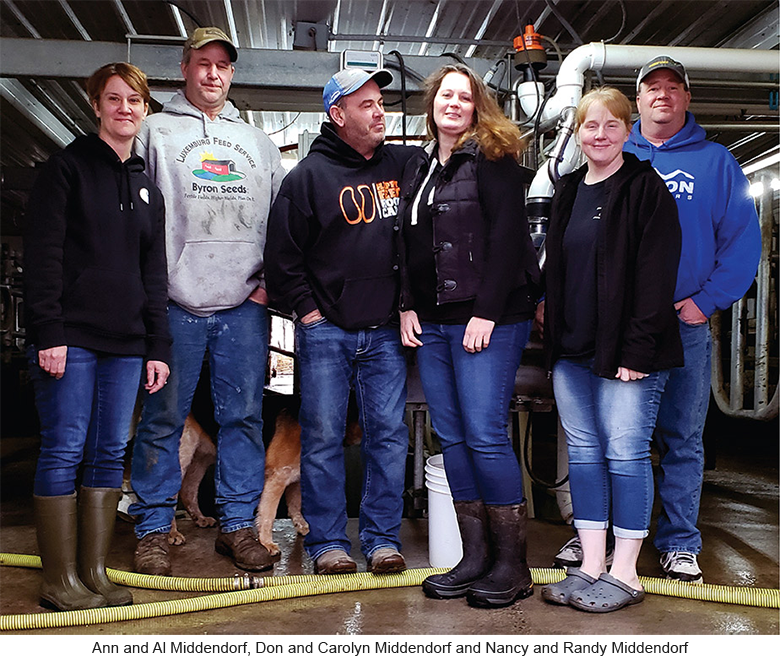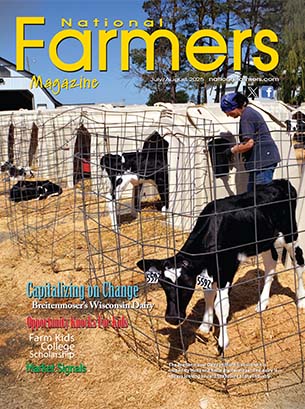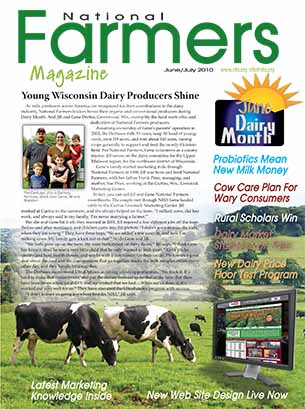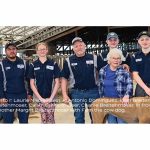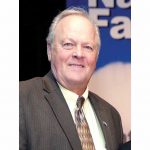Decisions for Components, Demand
Al and Ann Middendorf, Long Prairie, Minnesota, start their farm work days together, milking 82 Holsteins. “We work well together,” Ann said. “We put our ideas together to solve any day-to-day issues.”
Ann wasn’t raised on a farm. “I’ve got a good wife,” Al said. “I snowballed her and told her this would be a lot of fun.”
However, in almost three decades of marriage, Ann’s loved the career aspect of her life, along with her guy. “I enjoy farming. It is a rewarding lifestyle. I enjoy working with the animals and working outside and being able to take in the fresh country air. I’m glad we had the privilege of raising our family on the farm,” Ann said.
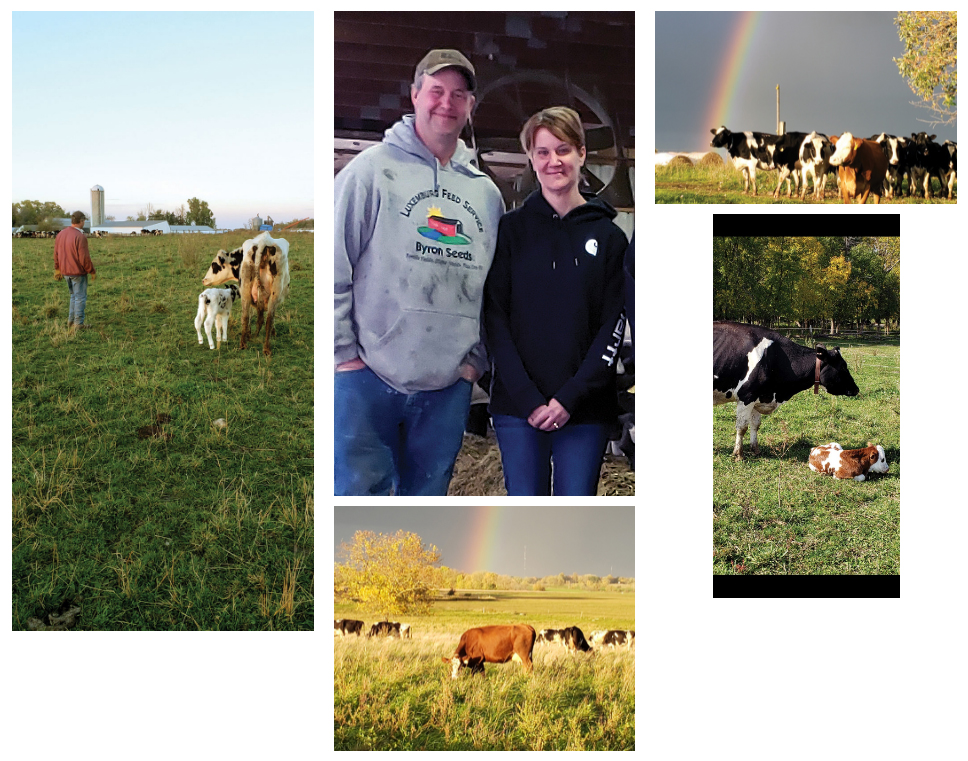
Al and Ann have four adult children, Ryan, Mitchell, Jacob and Jenna. “They still enjoy helping on the farm when they get the chance,” she said. On their farm, they are experimenting with and transitioning to a Holstein-Flekvieh cross. “I just wanted to put a little color in the pasture,” Al said jokingly.
Al said he didn’t hear people who have Flekviehs say anything bad about the breed and that was noticeable to him. “They seem pretty happy with them,” Al said. “Other crosses, you can tell, they’re not always happy with them.” So, Al and Ann bought four Flekvieh cows to see how it would work.
During grazing, production didn’t drop as badly as with Holsteins and during hot summer days, they would still graze. “Holsteins would look for a shade tree or a mud puddle or something,” Al said. “So, this year, I bred all our cows to the Flekvieh.” Because the production seems almost as good as Holsteins’, they last longer, are hardier and milk components are better. Al and Ann said they’ll likely move to the Flekvieh breed for good.
“They say Flekvieh will have the highest protein of any breed out there,” Al said. “The butterfat is good, too. Not like a Jersey, but good.” Al and Ann also have chosen to use A2A2 bulls, because there may be a wider market for that in the future. A2 milk may be easier on the digestive tract for some people.
Facility, Sand Bedding Increase Comfort
Don and Carolyn Middendorf, Long Prairie, Minnesota, milk about 100 head on their Long Prairie, Minnesota, farm, which happens to lay across the road from where Carolyn was raised.
Don and Carolyn, who, like Al and Ann, are introducing Flekvieh into their milking herd, keep their calves in pens inside and move them to the heifer area at about three months, where they have a shed with pasture access. They house the milking herd in a free stall barn and use sand bedding. Moving manure out can be challenging, Don said. “I usually get aggravated, but I love it for the cows. It’s very clean, comfortable. Their footing is extremely good, say, when they’re in heat, they rarely fall. Mastitis has been very good with it.
Sand is probably cheaper overall, especially than organic straw. There is wear and tear on the equipment. We put up with it for the cows.” Don and Carolyn refurbished their tie-stall barn-turned-parlor in 2012. “I love it,” Carolyn said. “I wouldn’t go back the other way. We’re kind of spoiled. It’s faster, more efficient, easier on people and cattle and they move right through and go on with their day.”
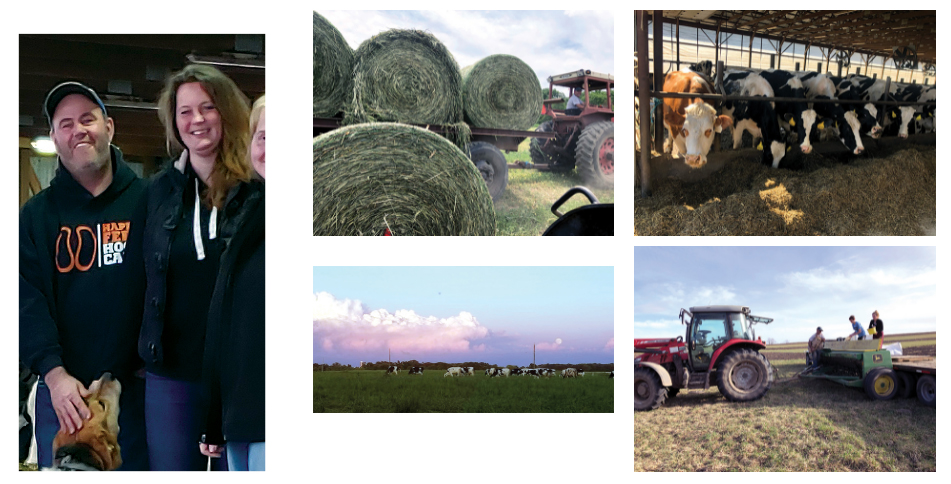
For those considering updating facilities, Carolyn suggested touring a lot of operations’ facilities. “We were thinking of bedding packs and a composting barn,” Carolyn said. They went to see 20 to 30 dairy farms and many different setups. “We needed something that was cost-efficient,” she said. “It happened to work out. We found the right parlor for our system and we went with it.”
They’d had a quandary about where to put the new barn, and could only see it going a distance away from the barn turned parlor. Carolyn pulled out the picture of the farm and asked where it would go if the trees weren’t there. “And there it was,” she said. On July 26, they cut down the tree line and they were in the new facility by Labor Day.
They have three children, Rachel, 21, Hannah, 18, and Landon, 15, and they all help on the farm, more so in the summer when they aren’t involved with school, sports and activities. Rachel, who has an ag degree, talks about the possibility of being involved with the farm in the future.
Daily Dairy Routine Matters for Dairy Quality
Randy and Nancy Middendorf launched their dairy farming life together in 1998, when they got married. Randy had started farming right out of high school. Today, Randy and Nancy, Sauk Centre, Minnesota, have seven children, age 22 down to three years old.
All the kids have helped on the farm. Right now, the 17-year-old helps every day with milking, feeding or field work. The 15-year-old helps with gopher management, for example,” Randy said. Through the years, their kids have helped in a variety of ways. “We’re together on a daily basis. We’re busy, but we’re still together. Teamwork,” Randy said.
Randy and Nancy like farming organically. “We love how we know the prices. We like the quality of what we’re producing,” Nancy said. “We have so much fun in the spring when we let the cows go to the paddock. It’s so much fun seeing them graze from day to day. They’re so content.” Randy said he doesn’t know of just one trick that stands out for them for herd health. They feed the herd hay and silage, adding minerals to the feed, and they supplement with probiotics. Their vet chuckles about the fact that she doesn’t see them very often.
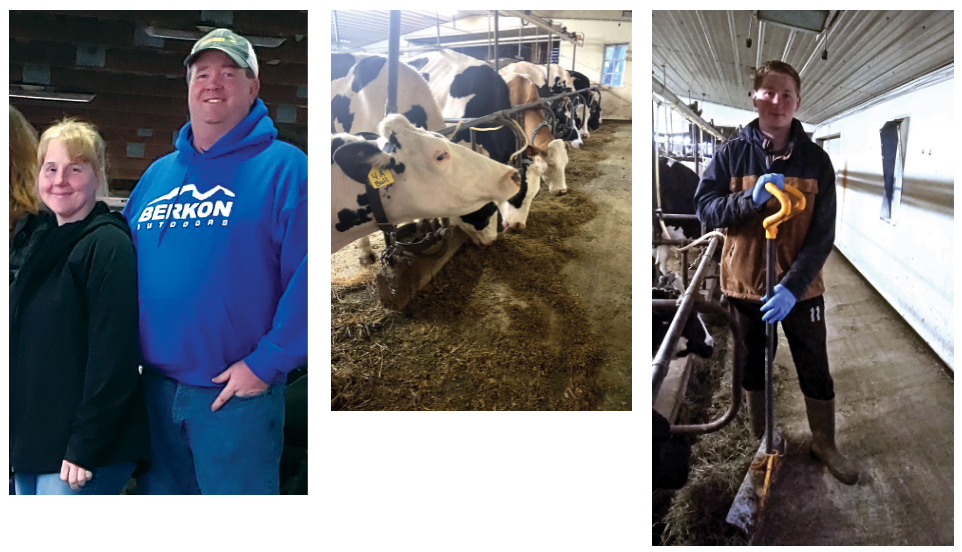
Keeping an eye on the water temperature. “Every couple degrees of water, bacteria can creep up,” Nancy emphasized. As far as the bulk tank, they make sure the cooler isn’t getting above 45 degrees and during washing they get the temperature high enough. Watch for these things when counts go up, Nancy suggested. Your routine every day matters, she said.

